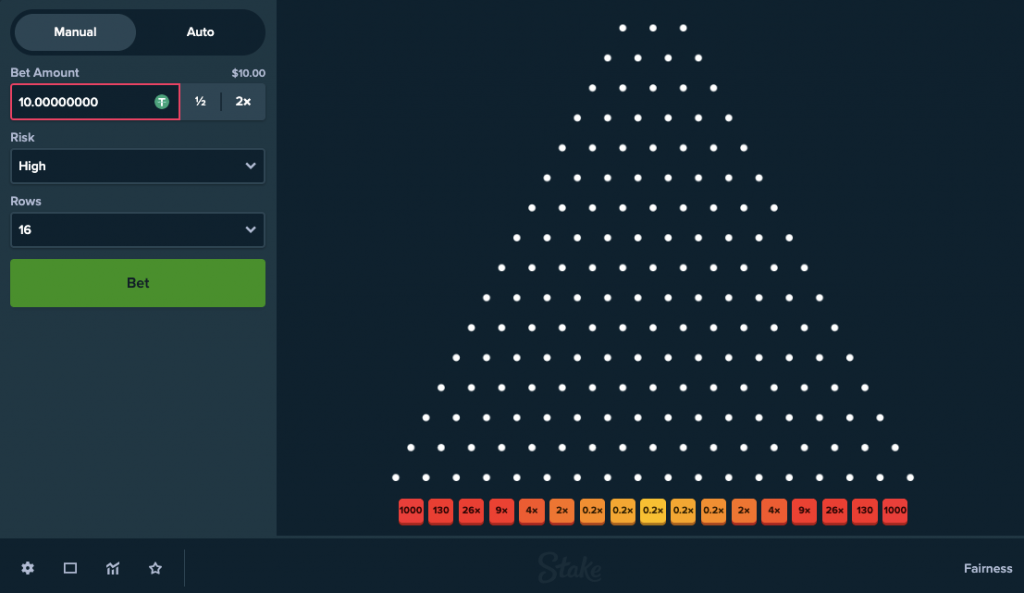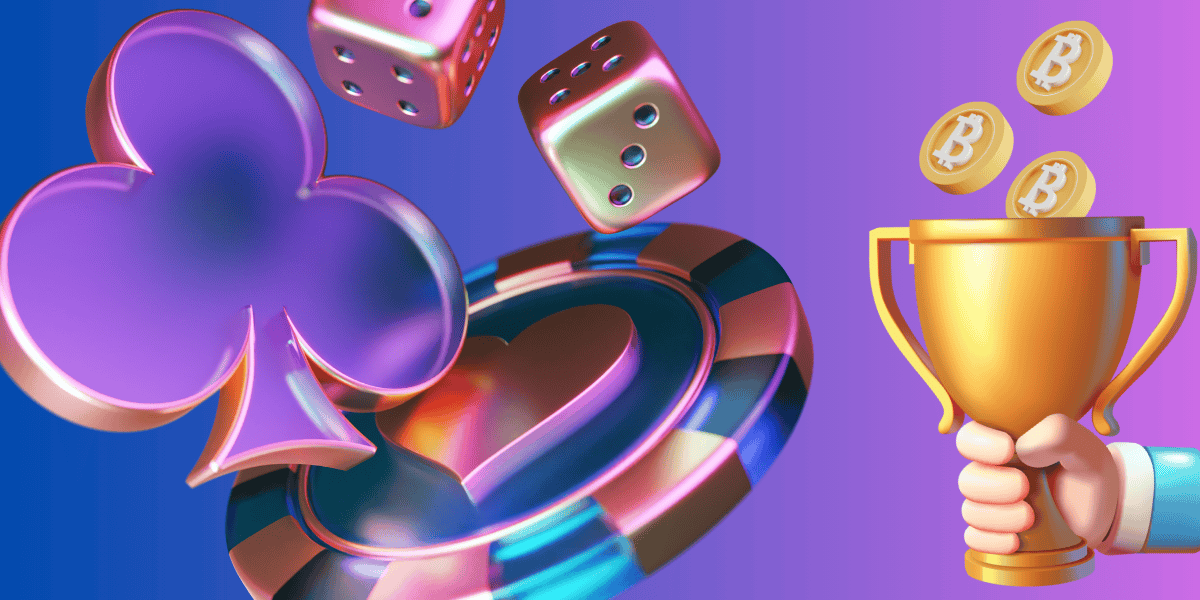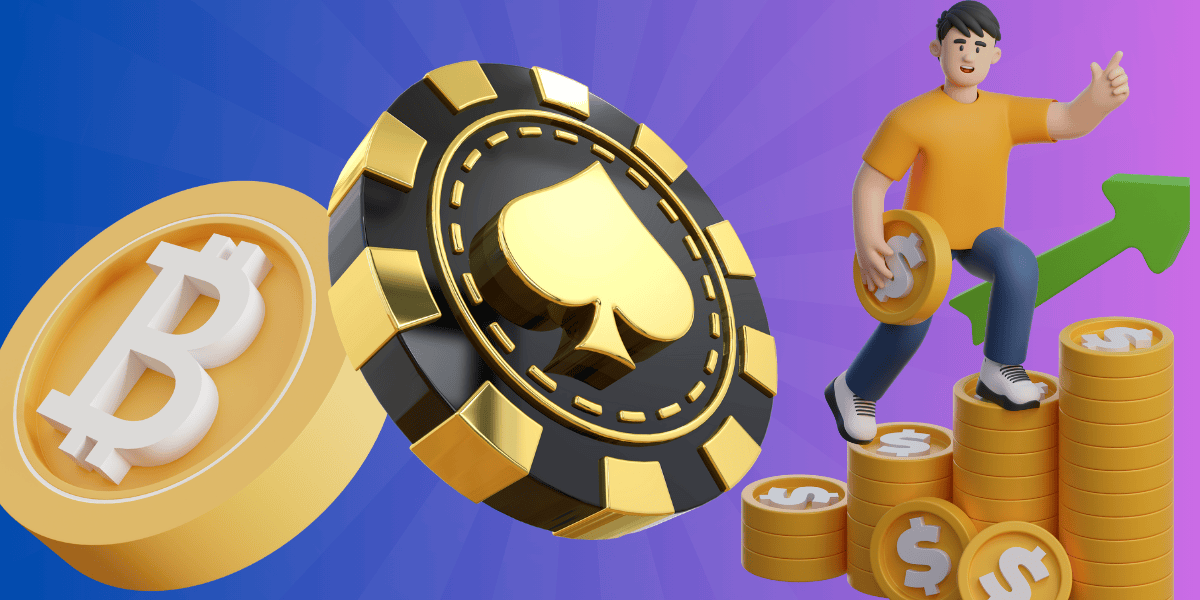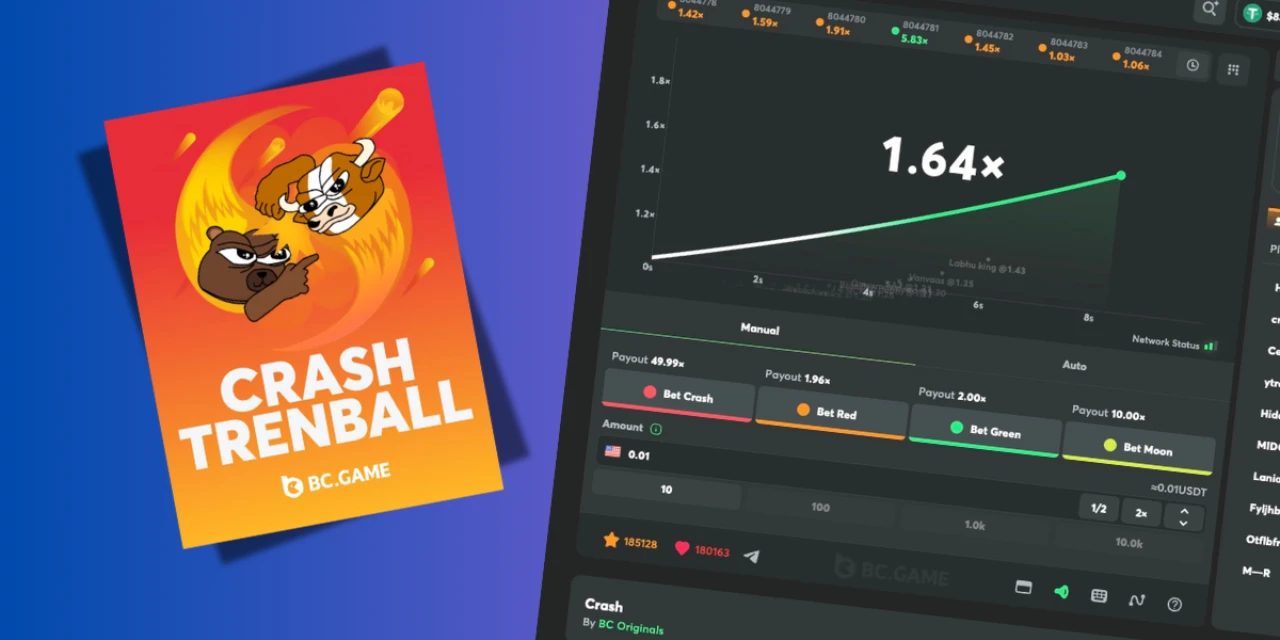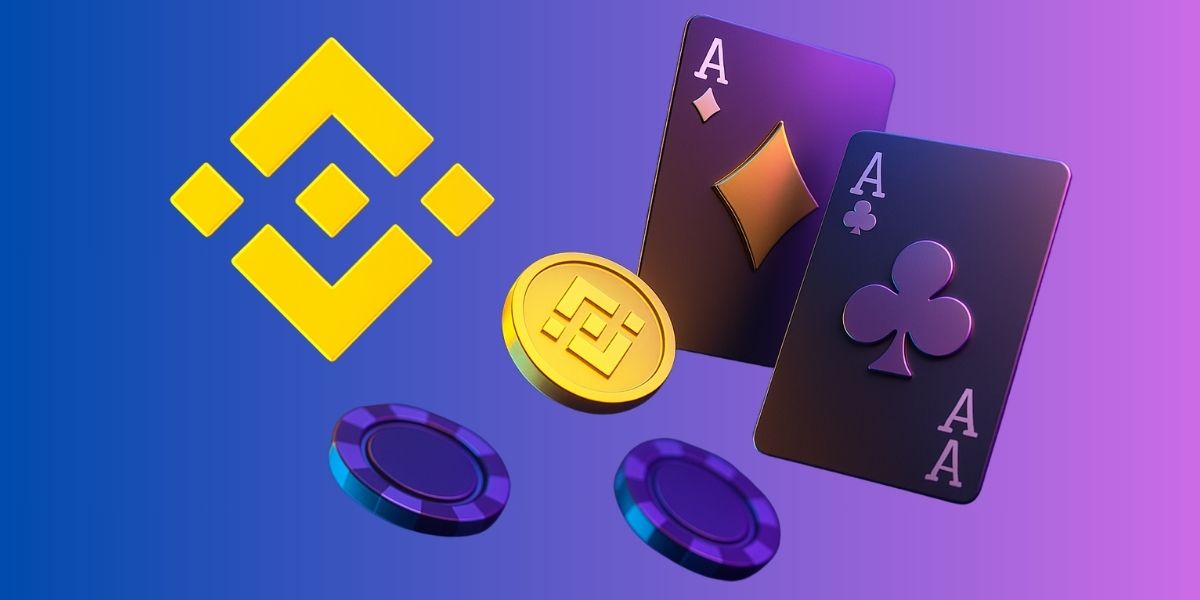
The history of Plinko in just 6 Minutes
Plinko is a game that has captured the imagination of millions since its debut on “The Price Is Right” TV show.
Its simple yet captivating mechanics have guaranteed its long-term popularity, evolving into various forms, including its latest incarnation as the provably fair Plinko crypto casino game we know and love.
In this article, I’ll explore Plinko’s journey from 1983 to 2026, and beyond.
🔑 Key takeaways
- Plinko’s roots go back to 1983 when it debuted on The Price Is Right, becoming one of the show’s most iconic and enduring games.
- Its design may have been inspired by Pachinko and other early pegboard games, all built around luck, suspense, and unpredictable outcomes.
- The game has changed a lot through TV, live events, and casinos, eventually finding a permanent spot in online and crypto gambling, complete with customization and provable fairness.
- Future versions could feature VR and AI, but the core thrill will always remain the same.
Beginnings of Plinko
Plinko, as we know it today, was introduced to the world on January 3, 1983, as part of the popular TV game show “The Price Is Right.”
The game was designed by the show’s producers to add an element of pure chance to the lineup of pricing games.
Players would drop a disk from the top of a pegged board, and watch it bounce unpredictably until it landed in one of several slots at the bottom, each with a different cash prize.
The simplicity and unpredictability of Plinko made it an instant hit with audiences and contestants alike.
Aren’t those the same reasons Plinko is still so popular today, over 40 years later?
After its debut, Plinko quickly became one of the most beloved segments on “The Price Is Right.” And thus, it became a hit in the West.
Even so, many argue that Plinko’s roots came from an entirely different part of the world…
Inspirations and influences
Plinko, as we know it today, may have become a hit thanks to “The Price Is Right”, but many believe that the game’s inspirations can be traced much further back.
Connections to Pachinko
While Plinko’s mechanics are unique, there are intriguing similarities to the Japanese game of Pachinko.
Pachinko, a popular arcade and gambling game in Japan, involves shooting balls into a vertical playing field filled with pins, with the balls eventually landing in various pockets that determine the outcome.
Both games rely on the random paths taken by objects bouncing off pegs, suggesting that Pachinko may have influenced the design of Plinko.
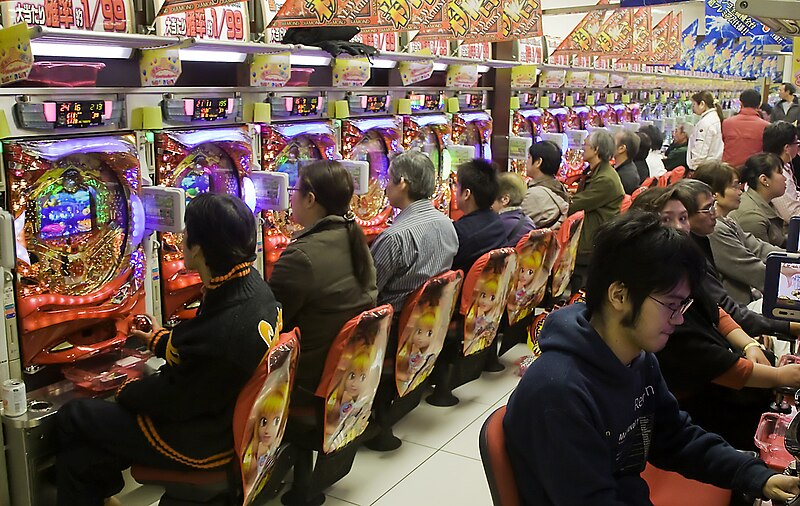
The key difference is that while Pachinko uses balls and is more interactive, Plinko’s use of a single disk and a focus on a single drop add to its simplicity and charm.
Other potential influences
Beyond Pachinko, Plinko could have been inspired by earlier pegboard games, which date back to the early 20th century.
These games often involved marbles or disks navigating through a field of pegs, with outcomes determined by chance.
The concept of watching an object’s unpredictable journey down a board filled with obstacles seems to be a timeless one, and Plinko is a modern, refined version of this idea.
Plinko’s evolution over time
Plinko didn’t stay locked in a TV studio. Instead, it broke out and started showing up everywhere.
After becoming The Price Is Right’s golden child, the game made its way into commercials, events, and even brand promos.
Brands saw it as a surefire way to pull people in, charities used it to make fundraising fun, and players loved the instant “drop and win” thrill.
It’s also ridiculously adaptable; you can scale the board up for an event, shrink it for a desk toy, or digitize it for an app.
When online gaming took off, Plinko was a natural fit.
Casinos and developers kept the same peg and drop mechanics but layered in bright graphics, new prize structures, and customization options.
That’s when we started seeing the pyramid-shaped layouts we know today.
The best part? Through every upgrade, Plinko has never lost that “anything can happen” vibe, and that’s exactly why it’s still going strong.
Plinko in the gambling world
Plinko’s move from a TV game show to casinos was a natural progression.
Its simple rules and engaging gameplay made Plinko an obvious choice for casino floors.
Early adaptations in land-based casinos used similar mechanics, allowing players to enjoy the familiar thrill of the game while gambling.
Casinos replicated the physical Plinko board, creating a life-sized version that attracted players with its bright lights and sounds.
The game’s straightforward nature made it accessible to all kinds of players, from novices to seasoned gamblers. This transition marked Plinko’s first step into the gambling industry.
Transition to online platforms
With the advent of the internet and digital gaming, Plinko found new life online.
Digital versions of the game appeared in online games and apps, maintaining the core mechanics while offering new ways to play.
Online versions of Plinko introduced new features and variations, enhancing the gameplay experience. This is where the “pyramid” shape that we know and love today came to be.
Players could now enjoy Plinko on their computers and mobile devices, with more vibrant graphics and interactive elements.
Instead of set prizes, players could begin customizing their game (though not nearly at the level we see in the best Plinko games today).
In the mid to late 90s, the first online casinos began to pop up. And, you guessed it, Plinko became a casino staple. Its luck-based nature made it a popular choice for slots fans, in particular.
Plinko, and the Rise of Crypto Casinos
The rise of cryptocurrency and blockchain technology brought about a new era for online gambling. Crypto casinos emerged, offering innovative games that leveraged the benefits of blockchain.
Plinko found a new home in these platforms, adapted as a provably fair game that guaranteed transparency and fairness through cryptographic algorithms.
Some leading crypto casinos, like Stake and BC.Game, have introduced highly customizable Plinko games. Players have control over how many rows there are, the volatility level, and bet sizes.
The RNG mechanism in these games ensures that every ball drop is genuinely random and not manipulated. Players can also verify the fairness of each round themselves, using provably fair verification features.
Even though every result is random, players continue to scratch their heads over how to boost their odds. This has resulted in the creation of several “winning” Plinko strategies (many of which don’t work at all).
The future of Plinko
Plinko’s future feels like it’s only getting started.
Crypto casinos already let you tweak rows, volatility, and bets, but VR could take it to a whole new level.
VR is like stepping onto a virtual game-show stage and dropping the disk yourself.
AI might “sneak in” too, adjusting the game’s pace or rewards based on how you play.
Still, no amount of tech will change what makes Plinko great.
It’s always going to be about that one drop, the random bounces, and the “come on, come on…” moment before it lands.
Forty years in, and it’s still got the same hook… just with a sharper edge.
Final thoughts
Plinko has gone a long way from the version we were watching on TV to what crypto casino fans can enjoy right now. And I’ll be honest – it’s for the better.
It’s proof that a simple idea can stick around for decades without losing its magic.
Its core appeal hasn’t changed: it’s still about luck, anticipation, and the satisfying moment when the disk lands.
Just don’t forget that luck won’t always be by your side. Gamble responsibly, and who knows, maybe one day you’ll appear on TV (well, you’re most probably not.)

